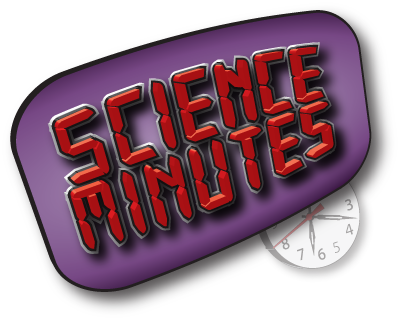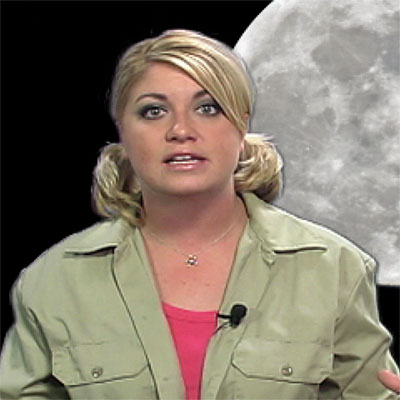 |
 |
Science Minutes DVD
Episode 6: Tides
Focus Question: What causes ocean tides?
Standards
National Science Standard
- Content Standard B: Physical Science (Grades 5-8)
- Content Standard D: Earth and Space Science (Grades 5-8)
Next Generation Sunshine State Standard
| Grade 5: | SC.5.E.5 Earth in Space and Time |
| Benchmark SC.5.E.5.3 | |
| Grade 8: | SC.8.E.5 Earth in Space and Time |
| Benchmarks SC.8.E.5.7, SC.8.E.5.9 |
Vocabulary
Gravity a fundamental physical force that is responsible for interactions which occur because of the attraction of the mass of the earth, the moon, or a planet for bodies at or near its surface
Gravitational Pull the attraction of one object has for another object due to the invisible force of gravity
Full Moon the moon with its whole apparent disk illuminated
New Moon the moon’s phase when it is in conjunction with the sun so that its dark side is toward the earth
Tidal Range the vertical difference between the highest high tide and the lowest low tide
Tide the alternate rising and falling of the surface of the ocean and of water bodies (as gulfs and bays) connected with the ocean that occurs usually twice a day and is the result of differing gravitational forces exerted at different parts of the earth by another body (as the moon or sun)
Wave a moving ridge or swell on the surface of liquid or in air; a rolling or undulatory movement or one of a series of such movements passing along a surface or through the air
Classroom Activity
Supplemental Links
- Oceans Alive! Water on the Move, www.mos.org/oceans/motion/tides.html
- NOAA, Tides & Currents, tidesandcurrents.noaa.gov
Further Investigation with Online Activities
- Discovery Education: Blue Planet: Tidal Seas,
http://school.discoveryeducation.com/lessonplans/programs/BP_tidalseas/
Oral Assessment
Transcript
Kasey
Some people say that full moon can do crazy things and have crazy effects on people. So what is the mystical power that the moon holds over all of us earth-bound creatures? It's gravity. That's right, gravity.
You see, the moon is close enough that it's gravity pulls against earth the same way that earth is pulling towards its center. Now even though it's far away, the sun's gravity has an effect on us too.
Now this gravitational pull from the moon and the sun is so small that we little things don't even notice it. However, bigger things like oceans really do notice it.
You see, as the moon makes its daily cycle around the earth, those oceans are pulled toward the moon, causing that water in the ocean to lift up and create a huge wave, otherwise known as a tide.
The sun also affects the ocean, but not as much as the moon does. You see the only time that the ocean really feels the suns affect is when the moon, earth and the sun are all aligned, causing those tides to be huge. Now this usually only happens twice a month, at the new moon and the full moon and this is when we see our highest tidal range.
On the other hand, when the sun is not lined up the earth and the moon, its gravity interferes with the moon's gravity causing the water in the ocean to be pulled in two different directions. And this is why we see lower tides during the rest of the month.
Ultimately, the height of a tidal range is determined by the moon, the sun and the shape of the water basin that holds the tide. Depending on its shape, that water basin can have really big tides or really small ones.
So rememeber, the next time you see a full moon, it not only has an effect on you, it affects the entire earth.

